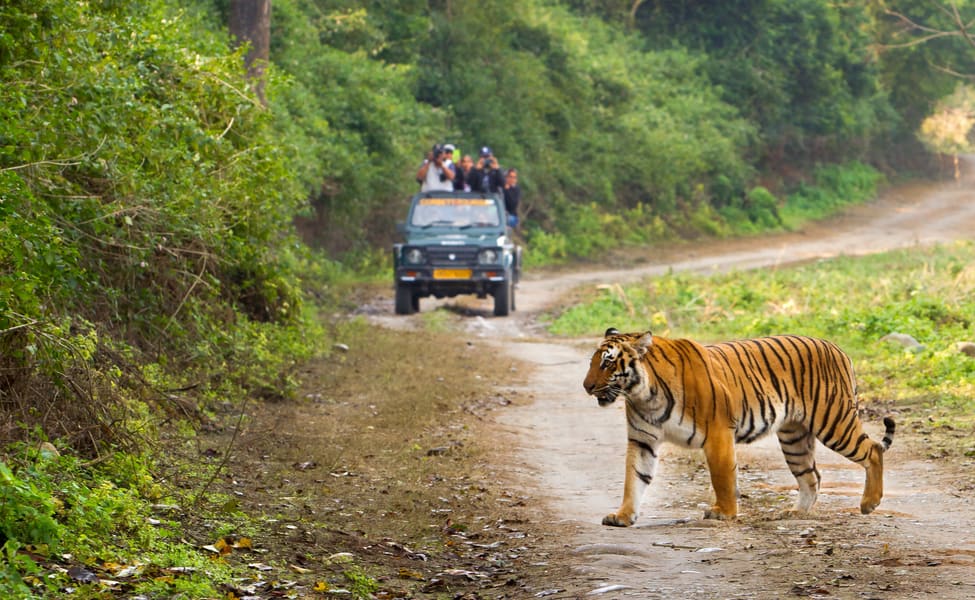Introduction
Climate change is one of the most pressing issues of our time, with far-reaching effects on the environment and biodiversity. As temperatures rise and weather patterns shift, ecosystems and the species that inhabit them are increasingly under threat. Understanding the impact of climate change on biodiversity is crucial for developing effective conservation strategies and mitigating the damage.
The Link Between Climate Change and Biodiversity
Climate change affects biodiversity in multiple ways. Rising temperatures, altered precipitation patterns, and increased frequency of extreme weather events disrupt the delicate balance of ecosystems. These changes can lead to habitat loss, altered food chains, and increased vulnerability to invasive species and diseases.
Habitat Loss and Fragmentation
As the climate warms, many species migrate to cooler areas or higher altitudes. However, suitable habitats are not always available or accessible, leading to habitat loss and fragmentation. For example, polar bears are losing their ice habitats due to melting Arctic ice, while many plant species struggle to adapt to new temperature regimes.
Changes in Migration and Breeding Patterns
Climate change also disrupts the natural rhythms of many species. Migratory birds, for instance, rely on specific climate cues to time their migrations. When these cues change, birds may arrive at breeding grounds either too early or too late, affecting their reproductive success. Similarly, changes in temperature and precipitation can alter the breeding cycles of amphibians, reptiles, and insects.
Increased Vulnerability to Invasive Species
As climate conditions change, some invasive species may find new opportunities to establish themselves in previously inhospitable areas. These invasive species can outcompete native species for resources, further threatening biodiversity. For instance, warmer temperatures have allowed pests like the pine beetle to thrive, devastating forests in North America.
The Role of Conservation in Mitigating Climate Change Impacts
Conservation efforts are crucial in mitigating the impact of climate change on biodiversity. Strategies include protecting and restoring habitats, creating wildlife corridors to facilitate species migration, and implementing measures to control invasive species. Additionally, reducing greenhouse gas emissions and promoting sustainable practices can help slow the pace of climate change and give ecosystems a better chance to adapt.
Success Stories in Conservation
Despite the challenges, there have been successful conservation efforts that provide hope. For example, the establishment of protected marine areas has helped to restore fish populations and coral reefs. Similarly, reforestation projects have not only sequestered carbon but also provided critical habitats for numerous species.
Conclusion
The impact of climate change on biodiversity is profound and multifaceted. We must understand these effects and take concerted action to protect our planet’s rich biological diversity. Through a combination of conservation efforts and sustainable practices, we can work towards a future where both humans and nature can thrive.






